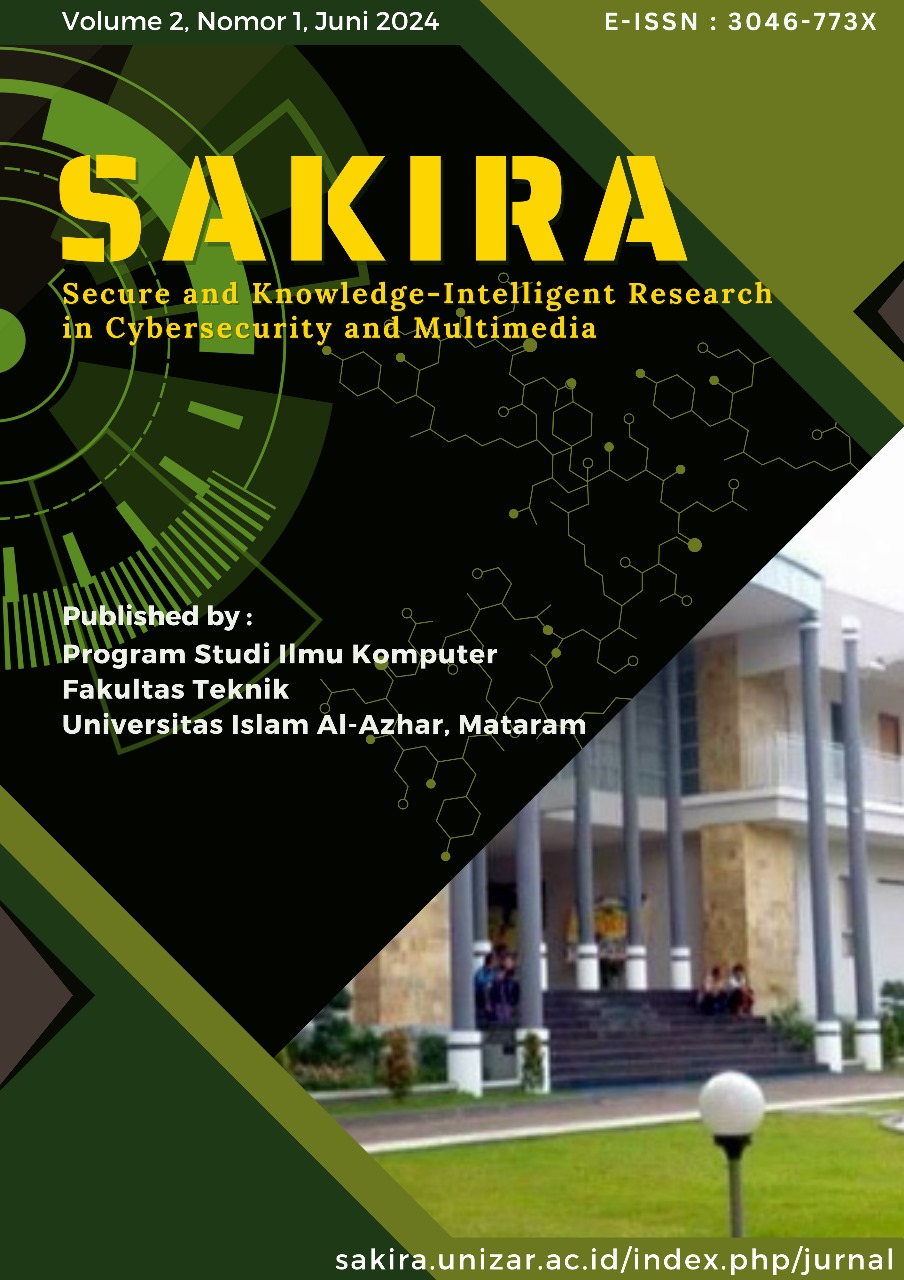Optimizing Lecture Schedules with the Scheduling Information System (SIWAL)
DOI:
https://doi.org/10.1234/1tyfaw13Keywords:
Sistem Informasi Penjadwalan, SIWAL, Penjadwalan Akademik, Manajemen Kelas, Black Box TestingAbstract
The development and implementation of a Scheduling Information System (SIWAL) is designed to optimize academic scheduling and class management at a university. SIWAL aims to address inefficiencies in the manual scheduling process by providing functionality for course scheduling, lecturer assignment, and classroom allocation management. This system serves three main stakeholders: lecturers, students, and academic administrators. Lecturers can view their teaching schedules, request schedule changes, and access classroom information. Students have easy access to their lecture schedules, including class locations and lecturer details. Academic administrators use SIWAL to generate and manage academic schedules, resolve schedule conflicts, and analyze classroom use and faculty workload. The implementation involves software development using appropriate programming languages and frameworks, database design, system integration, rigorous testing (including black box testing methods), and user training. The successful implementation of SIWAL has increased operational efficiency from 10% to 90%, improved the quality of services for lecturers and students, and supported better decision-making for academic management. Future development could focus on further integration of SIWAL with other university systems and improvements to the user interface to ensure continued use and effectiveness in academic scheduling.
References
A. A. Achmad, "Permasalahan dalam Pengelolaan Jadwal Perkuliahan di Perguruan Tinggi," Jurnal Manajemen Pendidikan, vol. 10, no. 2, pp. 45-58, 2022.
B. Budiarto, "Inovasi Sistem Informasi untuk Manajemen Jadwal Perkuliahan," Teknologi Pendidikan, vol. 15, no. 3, pp. 123-135, 2023.
C. Cahyadi, "Penerapan Teknologi dalam Penjadwalan Perkuliahan," Jurnal Sistem Informasi, vol. 7, no. 1, pp. 89-100, 2023.
Balaji, S., & Murugaiyan, M. S. (2022). Waterfall vs. Agile: A Comparative Study on SDLC. International Journal of Information Technology and Business Management, 7(3), 26-30.
D. Darmawan, "Analisis Kebutuhan dalam Pengembangan Sistem Informasi," Jurnal Teknologi Informasi, vol. 12, no. 1, pp. 34-45, 2021.
E. Effendy, "Perancangan Sistem Informasi dengan UML," Jurnal Rekayasa Sistem, vol. 9, no. 2, pp. 76-89, 2022.
Mendes, E., & Nunes, M. (2022). Applying Use Case Diagrams in Agile Software Development: A Systematic Mapping Study. Journal of Systems and Software, 184.
F. Fathurrahman, "Implementasi Sistem Informasi Berbasis Web," Jurnal Teknologi Informasi dan Komputer, vol. 11, no. 3, pp. 112-123, 2023.
G. Gunawan, "Metode Pengujian Sistem Informasi," Jurnal Ilmiah Komputer dan Informatika, vol. 15, no. 4, pp. 98-110, 2023.
Kaur, A., & Kaur, P. (2023). A Review on Black Box Testing Techniques and Tools. International Journal of Advanced Research in Computer Science, 12(3).
H. Hartanto, "Pemeliharaan Sistem Informasi: Strategi dan Metode," Jurnal Sistem dan Teknologi Informasi, vol. 8, no. 1, pp. 45-56, 2022.





